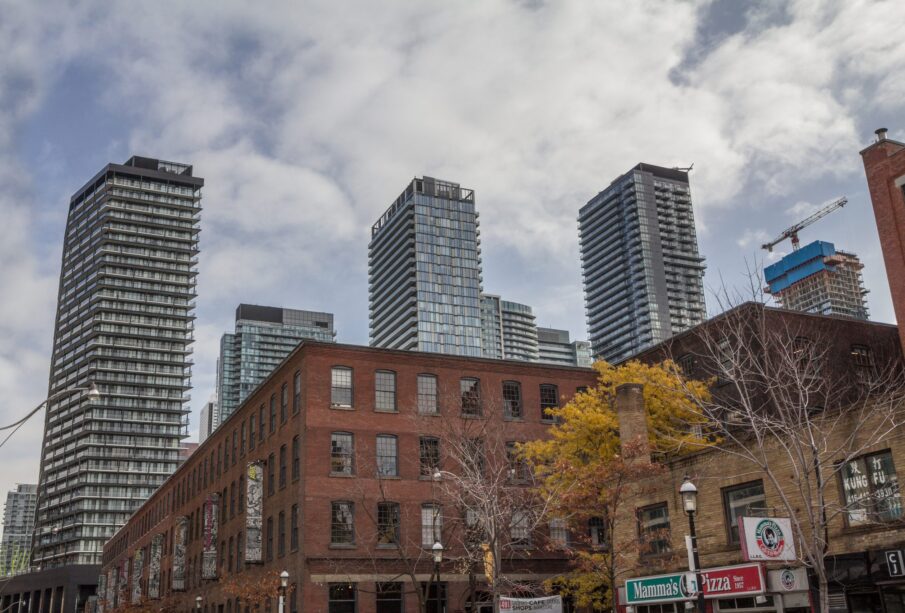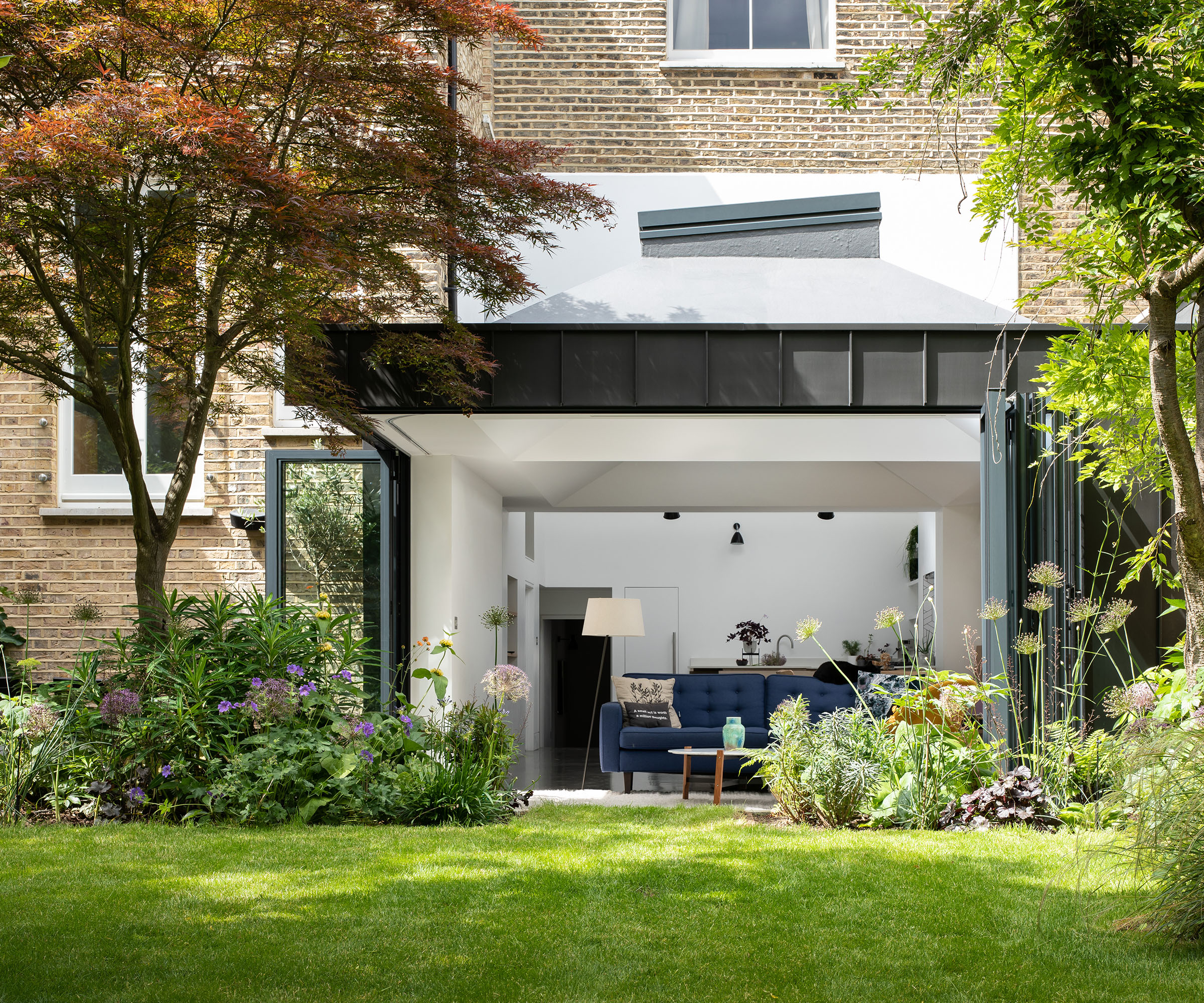What’s covered in new condo building warranties?

New condominium warranty coverage often falls short of buyer expectations, creating potential financial surprises for owners who misunderstand their actual protection. While marketing materials may highlight “comprehensive warranties” or “builder guarantees,” the legal documents defining these protections typically contain numerous exclusions, limitations, and procedural requirements. Developments in areas like the Skye At Holland Location and similar new construction communities operate under warranty structures with specific coverage periods and claim processes that buyers should thoroughly investigate before relying on presumed protections for future issues.
Coverage tiers exist
Most new condominium warranties feature tiered coverage that provides different protection levels for various building elements, rather than uniform coverage across all components. One-year warranties typically cover fit-and-finish items like cabinet alignment, paint imperfections, and cosmetic concerns. Two-year warranties generally extend to individual units’ mechanical, electrical, and plumbing systems. Structural elements usually receive extended protection periods, typically between five and ten years, covering foundation issues, load-bearing wall problems, and roof structural defects. However, these more extended warranties normally include increasingly stringent defect definitions requiring substantial evidence of non-compliance with building codes rather than simply documenting performance problems. This tiered approach means coverage diminishes substantially over time while claim substantiation requirements simultaneously increase.
Common area distinctions
Warranty structures for common elements often differ significantly from those covering individual units, creating confusion when problems emerge in shared spaces. Lobby finishes, hallway carpeting, and common area components typically fall under separate warranty provisions administered through the association rather than individual unit owners. Review these critical common area warranty considerations:
- Claim filing responsibility (developer vs. association board)
- Required documentation standards for common element defects
- Inspection timing requirements for warranty validation
- Dispute resolution procedures for common area claims
- Coverage transfer provisions as governance transitions from developer control
These provisions determine who can file claims, what evidence must be provided, and how disputes get resolved when problems affect community spaces rather than individual units. Association boards sometimes miss critical filing deadlines during transition periods, inadvertently voiding warranty coverage for significant building components.
Exclusions matter
Warranty documents inevitably contain numerous exclusions that eliminate coverage for certain problems, often including some of the most common and costly building issues. These exclusions significantly reduce protection compared to marketing representations focused exclusively on covered items. Most new condo warranties specifically exclude:
- Normal wear and tear, even if occurring more rapidly than expected
- Owner maintenance failures or improper usage
- Weather-related damage beyond specific thresholds
- Condensation issues and resulting mould or water damage
- Building settling beyond defined tolerances
- Appliance failures covered by manufacturer warranties
These exclusion clauses often contain vague language subject to interpretation, creating potential disputes when problems develop that could fall under multiple classifications. Pay particular attention to provisions addressing water intrusion, concrete cracking, and HVAC performance—three areas where exclusion language frequently limits coverage for common building problems.
New condo warranties provide valuable but limited protection that requires proper understanding and careful compliance with administrative requirements. Reading warranty documents thoroughly before closing, documenting unit condition immediately upon possession, and promptly reporting emerging issues dramatically increases the likelihood of successful warranty claims when legitimate construction defects emerge during early ownership years.










